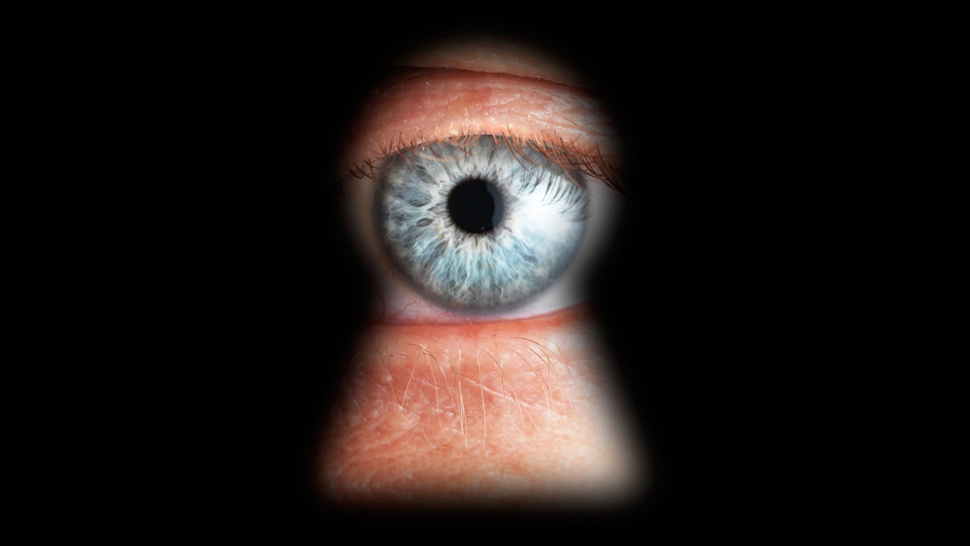U.S. and U.K. spy agencies including the NSA and GCHQ, respectively, have performed a variety of sophisticated spy operations, collecting massive amounts of personal data, as many Edward Snowden leaks revealed in the past year. German publication Süddeutsche Zeitung has published a new report that reveals that as far back as 2009 the GCHQ, and thus also the NSA, had massive access to submarine cable links around the globe with help from now Vodafone-owned Cable & Wireless.
FROM EARLIER: The most advanced malware yet has been spying on you for years
“A joint investigation by NDR, WDR, Süddeutsche Zeitung and Channel 4 based on documents leaked by whistleblower Edward Snowden, reveals that Cable & Wireless actively shaped and provided the most data to GCHQ mass surveillance programs, and received millions of pounds in compensation,” the publication writes.
Furthermore, it looks like a GCHQ worked full-time within Cable & Wireless to handle these operations.
Vodafone, now the parent of Cable & Wireless says that data collection has been lawful.
“What we have in the UK is a system based on warrants, where we receive a lawful instruction from an agency or authority to allow them to have access to communications data on our network,” a Vodafone spokesperson told Channel 4. “We have to comply with that warrant and we do and there are processes for us to do that which we’re not allowed to talk about because the law constrains us from revealing these things. We don’t go beyond what the law requires.”
By July 2009, Cable & Wireless provided the GCHQ access to 29 out of 63 cables, or to nearly 70% of the data capacity. The spy agency also managed to tap into other networks through “computer network exploitation” (CNE) operations. For example, CNE attacks targeted the Fiber-Optic Link Around the Globe (FLAG) that’s owned by an Indian telecommunications company. FLAG has landing points all over the world, including U.S., Europe, China, South Korea, Japan, and many other countries.
The documents further revealed that spy agencies had in July 2009 access to 592 10-gigabit-per-second pipes on the cables and 69 10-gbps pipes through which data could be pulled back (“egress” pipes). The agencies wanted to further expand their reach to 1,693 10-gigabit connections and 390 egress pipes, according to leaked materials.
More details about this new Snowden leak are available at the source link.




